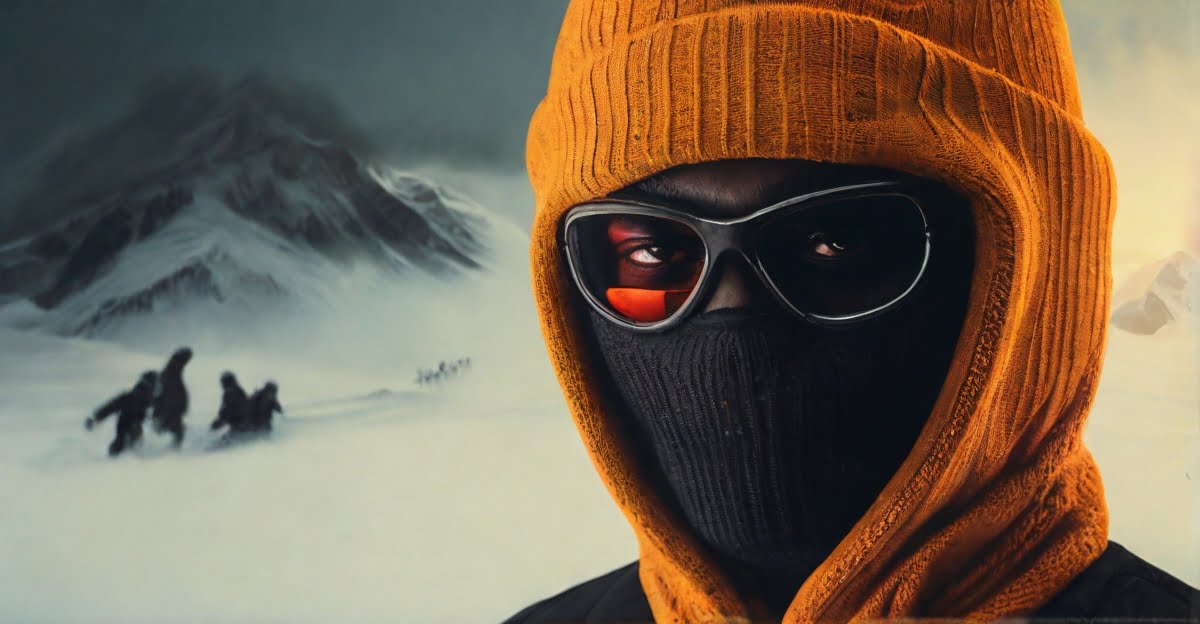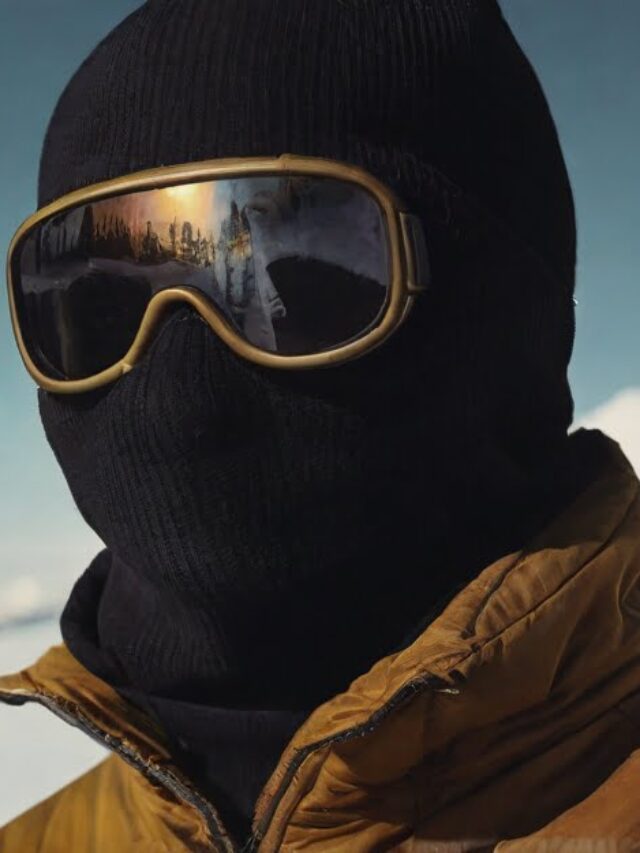What a ski mask is and its primary purpose?
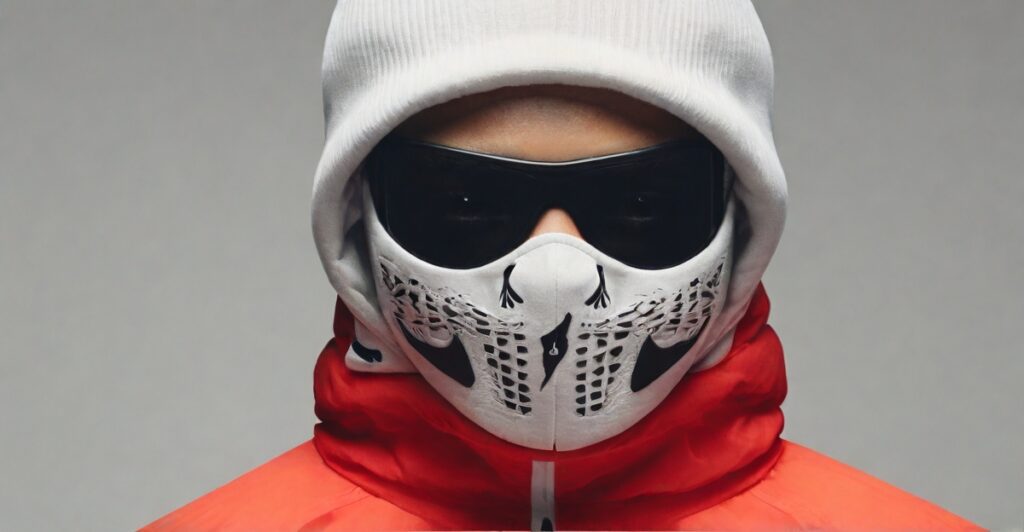
A ski mask, also called a balaclava, Basically it is a piece of headwear that covers your head, face, and neck, leaving the little area around your eyes, or in some cases, leaving the eyes, mouth, and nose uncovered. It is made up of materials such as wool or manufactured textures.
The basic yet primary role of a ski cover is to protect against cold climatic conditions during outdoor exercises such as skiing, snowboarding, snowmobiling, or other winter sports. It maintains the intensity of the body and protects the face and head from extremely cold wind. Furthermore, If I include more features of the ski mask, it can act as a protective layer in various outdoor exercises you do and also provide enough protection from dust or even small insects under specific conditions.
If i talk about their practical use in adverse or extreme weather situations, ski masks are sometimes related to privacy due to their ability to hide facial expressions, which means you won’t be able to figure out anybody’s facial expression whether the person is laughing or in an angry mood while wearing this ski mask.
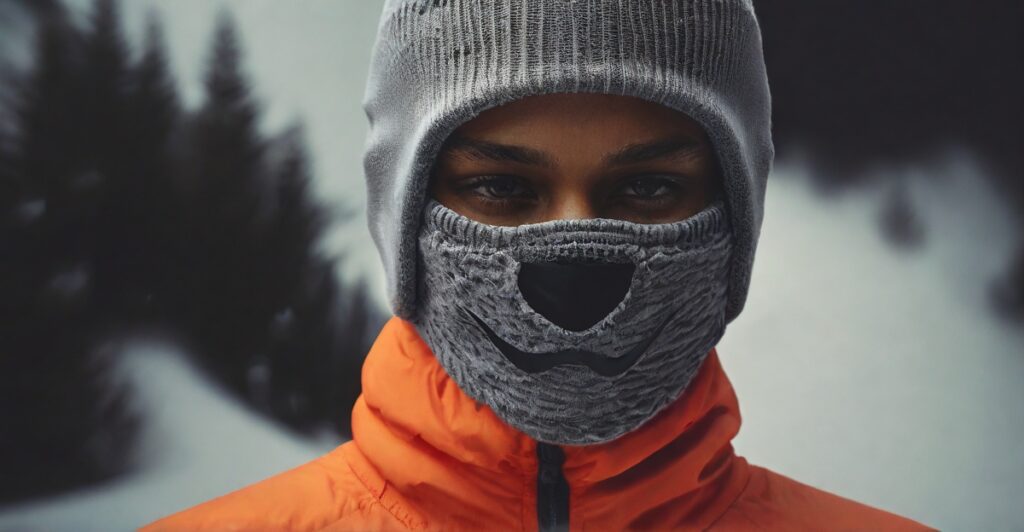
Design and Structure of Ski Face Mask
Let’s talk about the vital elements of this ski mask, which are its design and structure so, ski masks, or balaclavas, are designed in such a way that can cover your head, face, and neck while leaving specific areas open just for comfort and utility.
Here is a brief outline
Materials
First and foremost are materials. Ski masks are often made using a variety of materials, such as wool, polyester, or a blend of engineered textures. These materials provide warmth, moisture-wicking properties, breathability, and, in some cases, wind or water resistance.
Size and coverage
They usually cover your entire head, including your forehead, ears, and neck, and extend downwards to cover the upper chest. There are many varieties of inclusions; some masks cover the entire face, leaving only openings for the eyes, nose, and mouth, while others may have separate holes for the mouth and nose or even just for the eyes.
Stitching
Ski masks are generally made with level stitching to reduce friction against the skin. The excellent covers have built-in stitching for strength and to maintain their shape even after repeated use and washing, which is a good reason to purchase these ski masks.
Highlights
Some ski masks come with additional elements, for example, flexible terminations around the neck or vents, ventilation boards worked in to prevent the danger of goggles or glasses or even specific materials such as intensifiers. Designed to block harmful UV rays.
Varieties
Ski masks come in several varieties that have several mind-blowing features. For example, it covers your face from dangerous viruses and may have additional protective or wind-blocking layers. Ski masks made for more dynamic games may focus on breathability and moisture-wicking properties.
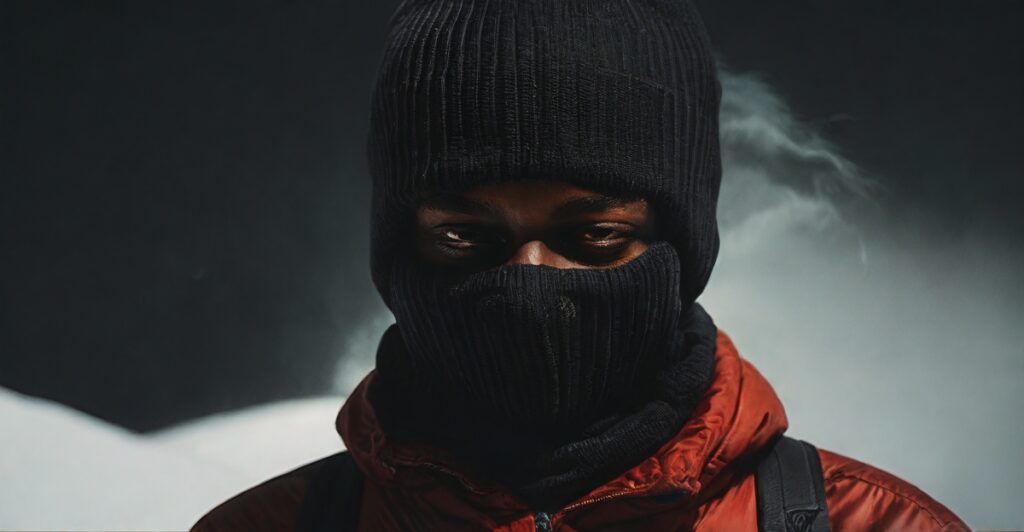
Functionality of ski mask
Let’s talk about the functionality of ski masks Basically, ski masks or balaclavas offer some functionalities that take care of outdoor exercise in cold and adverse weather situations.
Let me mention all those functionalities in brief below so that you can better relate
Cold protection
Their primary ability, as we already know, is to provide warmth in cold climates. By covering the head, face, and neck, they help maintain body heat and prevent heatstroke, thus preparing for frostbite and hypothermia.
Wind Protection
Ski masks act as a barrier against adverse winds, reducing the cold wind on the skin and protecting against wind irritation that can cause several skin diseases.
Moisture-absorbing
Many ski covers are made using moisture-absorbing materials that remove sweat completely from the skin, keeping the face vaporized, maintaining face glow, and preventing moisture buildup, which could somehow cause discomfort or a cold.
Flexibility
They are suitable not only for skiing or snowboarding but also for various outdoor exercises. They are helpful in climbing, snowmobiling, cycling, or any outdoor games that you love to play where protection from cold climates or wind is fundamental for you and your family.
Facial inclusions
Depending on the plan, ski masks offer different levels of facial inclusions, which can help protect the skin from sun-related burns, harsh colds, or even insects in specific circumstances.
Hiding facial expression
In specific social settings or professions, ski masks are used to hide personality, which I like most.
Compatibility with accessories
Many ski masks are designed to work flawlessly with head protectors, goggles, or other accessories regularly used in winter sports, guaranteeing a snug and secure fit without compromising usability.
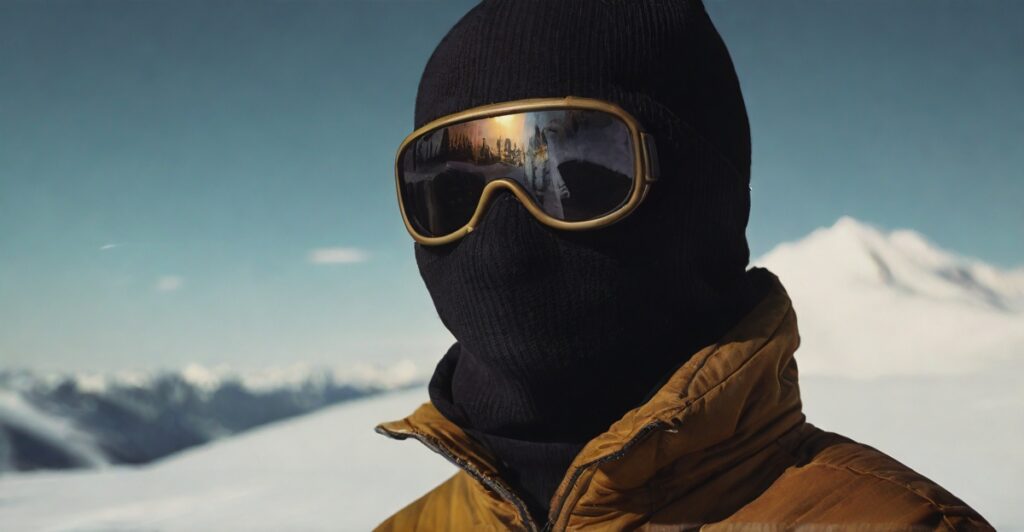
Variations and Features of Ski Masks
Let’s talk about variations and features. Ski masks and balaclavas come in different varieties and offer some highlights, taking care of different needs.
Here are some common varieties for you
Types of Coverage Area
Ski masks can vary in the coverage that they offer. Some people usually cover their entire face, leaving openings only for the eyes, nose, and mouth. Others may have separate openings for the nose and mouth, or the whole face may be open except for the forehead and neck. Basically, it allows you to select as per your choice.
Convertible Styles
Some masks come with convertible highlights, allowing you to change the inclusion in light of weather patterns. They may have detachable face boards or hoods that can be removed or reattached, depending on the situation in which you are.
Ventilation
To prevent fogging of goggles or glasses, some ski masks have built-in ventilation structures, which is a vital feature that makes these masks unique; for example, network boards or holes close to the mouth or nose area for improved breathing ability.
Mobility
Some masks offer flexible highlights like a drawstring or stretchy material to guarantee a solid and streamlined fit for different head sizes and shapes.
UV protection
Masks made for high-altitude or bright conditions may include materials that provide UV assurance to protect the skin from sun damage.
Thinner or lighter options
For mild atmospheric conditions or exercises requiring less protection, there are thinner or lighter versions of ski masks that provide insurance without excessive heat.
Dynamic Design
Some ski masks are specifically designed for specific exercises. For example, masks for snowmobiling may have additional cushioning or windproof layers, while masks for running or cycling may focus on breathability and moisture-wicking properties.
FAQs
Q-2: What are the key design elements of a ski mask?
Ski masks are made from different materials to keep you warm, prevent moisture buildup, allow breathing, and sometimes resist wind or water. They cover your head, face, and neck and come in various styles with openings for the eyes, nose, and mouth.
Q-3: What functionalities do ski masks offer?
Ski masks keep you warm in the cold and protect your face from the wind. They absorb sweat to keep your face dry, are flexible for different outdoor activities, and have different features for added protection or special needs. They can also hide your facial expressions in social or work situations.
Q-4: What are the variations and features available in ski masks?
Ski masks vary in coverage, some covering the entire face while others have separate openings for specific facial features. Some come with convertible styles, ventilation systems, mobility adjustments, UV protection, thinner options for milder conditions, and designs tailored for specific outdoor activities.
Q-5: Can ski masks be used for activities other than skiing or snowboarding?
Yes, ski masks are great for many outdoor activities where it's cold or windy, like climbing, snowmobiling, cycling, and other sports.
Q-6: Are ski masks designed to work with other winter sports accessories?
Yes, lots of ski masks are made to fit well with helmets, goggles, or other gear you use in winter sports. They fit itghtly and securely without making it hard to use them.
Q-7: What materials are commonly used in ski mask construction??
Ski masks are often made from wool, polyester, or a mix of engineered fabrics, providing warmth, moisture absorption, breathability, and protection from the elements.

